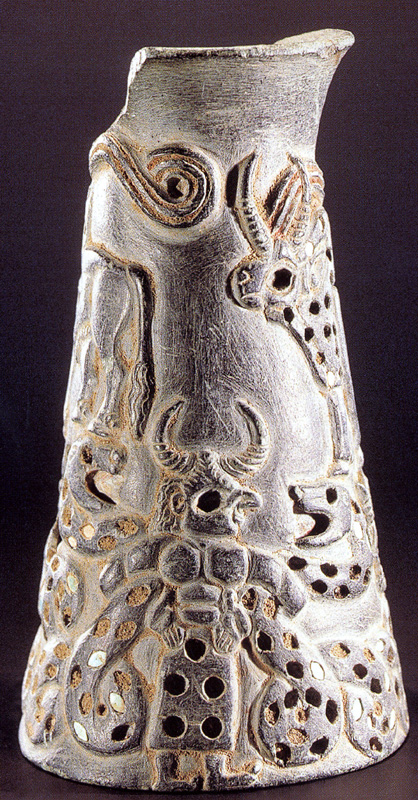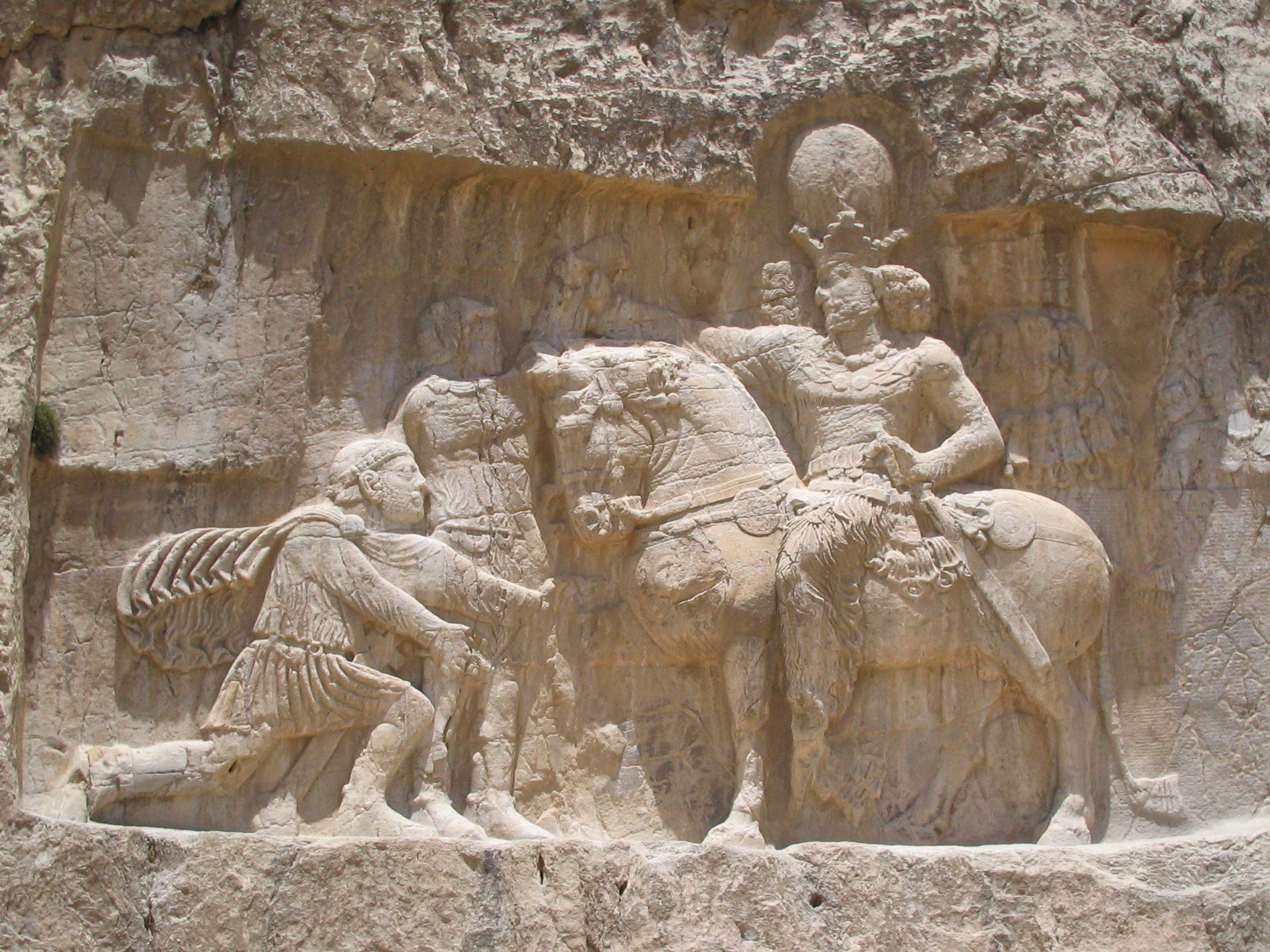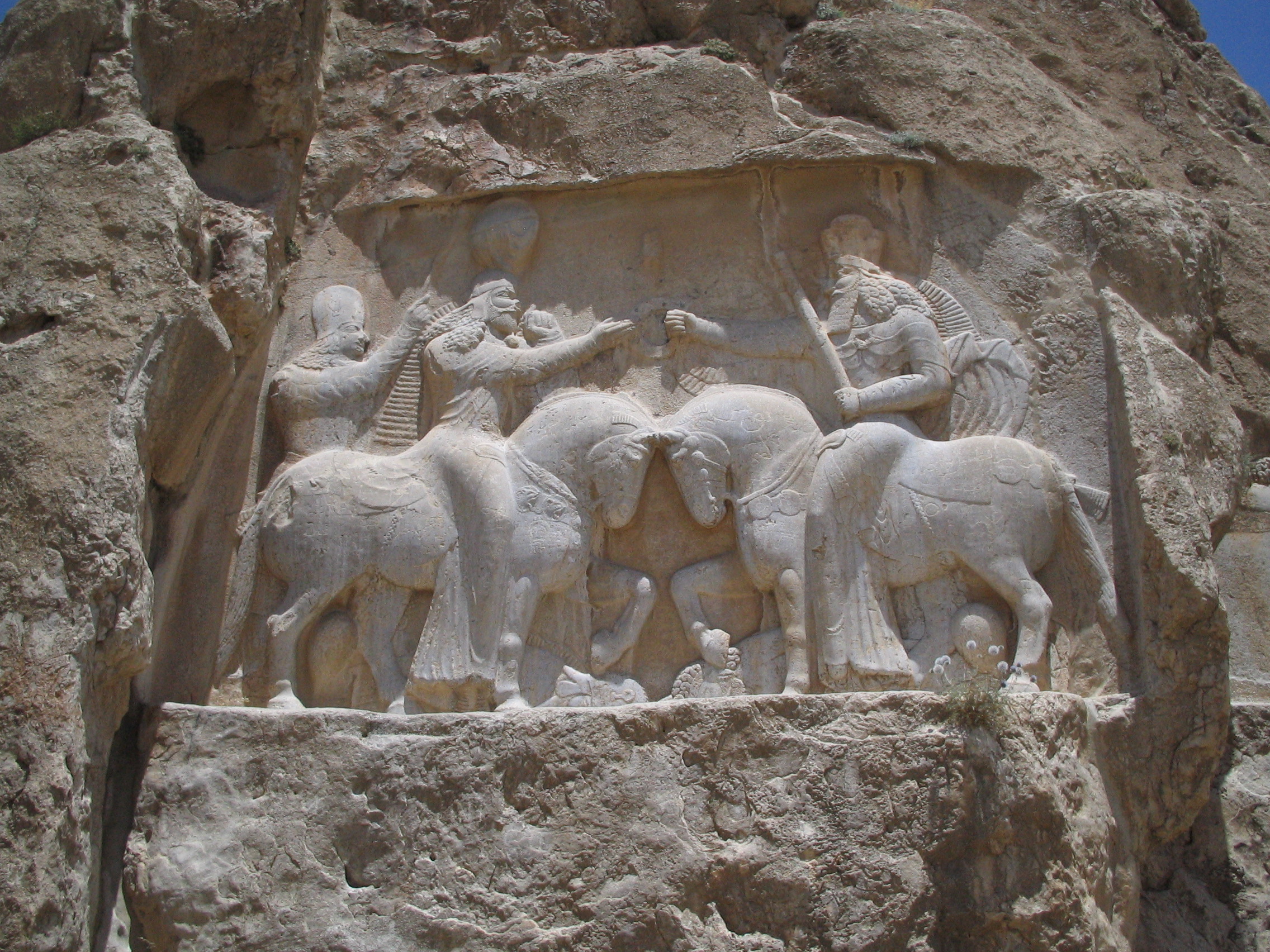It's easy to be a skeptic when it comes to anything dealing with biblical history, only because there are so many conflicting viewpoints. Although, as a great lover of history and archaeology I should probably have more of an open mind, and I think I do, but I'm not sure I believe Noah's Ark has been found.
In April 2010, the internet went crazy with reports that the infamous Noah's Ark had been found in Turkey on Mount Agri. If you didn't get a chance to see or read any of the reports, I found this video that describes why archaeologists believed it to be Noah's Ark and what was found inside that may have solidified their claims.
As the video will show, the boat is lodged in ice at a 4000 meter altitude in Mount Agri. This gives us a pretty good idea as to how much the geographical landscapes have changed in that particular area.
According to the Bible, Noah's ark landed on the mountains of Ararat. This does not refer to any specific mountain or peak, but rather a mountain range within the region of Ararat, which was the name of an ancient proto-Armenian kingdom also known as Urartu.
In April 2010, the internet went crazy with reports that the infamous Noah's Ark had been found in Turkey on Mount Agri. If you didn't get a chance to see or read any of the reports, I found this video that describes why archaeologists believed it to be Noah's Ark and what was found inside that may have solidified their claims.
As the video will show, the boat is lodged in ice at a 4000 meter altitude in Mount Agri. This gives us a pretty good idea as to how much the geographical landscapes have changed in that particular area.
According to the Bible, Noah's ark landed on the mountains of Ararat. This does not refer to any specific mountain or peak, but rather a mountain range within the region of Ararat, which was the name of an ancient proto-Armenian kingdom also known as Urartu.




 The
The 





 The
The  A road trip to Ripley's Believe It or Not and the bizarre and
A road trip to Ripley's Believe It or Not and the bizarre and  In 1998, paleontologist/anatomist Scott Sampson from the New York College found a
In 1998, paleontologist/anatomist Scott Sampson from the New York College found a 






 r, if not one of the most important, of the Christian world.
r, if not one of the most important, of the Christian world. The murals themselves are an excellent representation of the earliest days of Christianity. In fact, parts of the Basilica of St. Peter are constructed atop many of the tombs, dating back to the 11th century. The Basilica of St. Peter continues the tradition of Christian worship-a site that exhibits signs of human occupation stretching back several millennia before the birth of Christ.
The murals themselves are an excellent representation of the earliest days of Christianity. In fact, parts of the Basilica of St. Peter are constructed atop many of the tombs, dating back to the 11th century. The Basilica of St. Peter continues the tradition of Christian worship-a site that exhibits signs of human occupation stretching back several millennia before the birth of Christ.



















